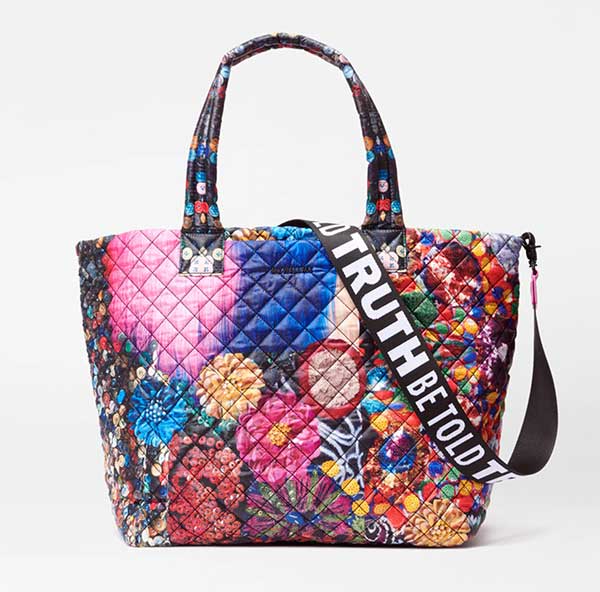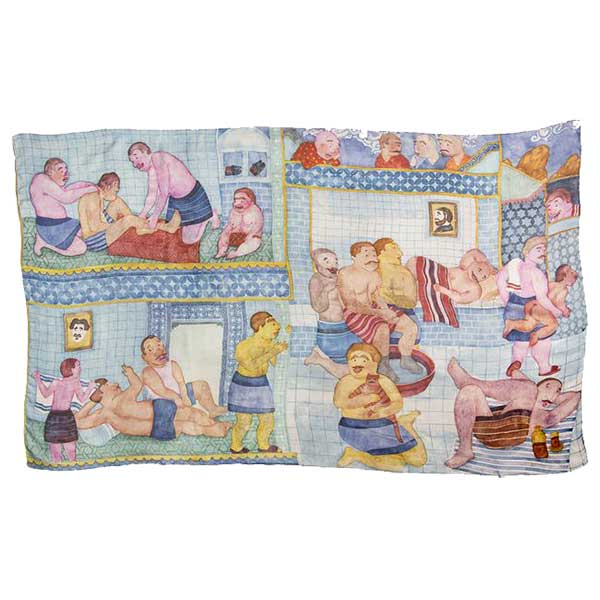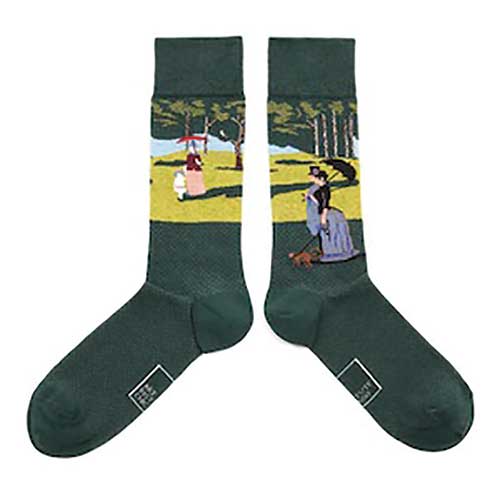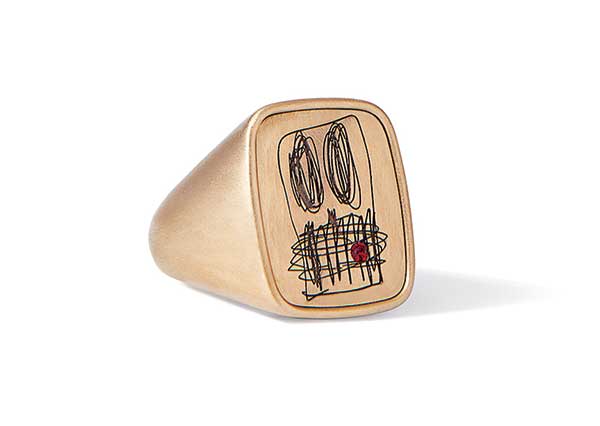Gift Shop Coveting: Branded Artistic Collaborations Banish the Impulse Buy


By GINNY VAN ALYEA
Prior to the pandemic, museums were popular high-end party venues. The money brought in by hosting exclusive events fattened the bottom line, but as we know, that bottom fell out during COVID. Extracting income from less volatile sources (art on the walls, or even in storage) gives museums new ways to sustain operations while also sending their brand home with visitors and patrons. No longer is the cheap canvas tote bag where culture-signaling ends. Today’s art retail can go decidedly high-end as well as on-trend. Anyone remember the rush for Kerry James Marshall’s MZ Wallace collaboration a few EXPOs ago? Nick Cave has done his own exclusive version for his show that just opened at the MCA. Hebru Brantley and Virgil Abloh also did their own capsule collections and pop-ups at the museum.
Museum gift shops are now just the beginning.



In Chicago the award-winning MCA Store offers a second floor for browsing 40-pound art tomes, but you may just leave out the ground floor with a cashmere and modal scarf exclusively designed by Orkideh Torabi in hand. Edie Fake, Mickalene Thomas and Christina Quarles all do scarves too.
The Art Institute has two gift shops – one at each entrance, ensuring you really can’t escape without the temptation to buy some clever, classic museum-store find, like an Edward Hopper puzzle, a vibrantly hued flower vase, a cheeky t-shirt, socks, or, of course, posters, postcards and magnets featuring the museum’s famous bronze lions.
The Richard H. Driehaus Museum offers period-specific and giftable items, like a tiny brass ornament featuring the Nickerson Mansion’s historic facade, as well as of course neck ties and other textiles reflecting the art, architecture and social mores of the period known as the Gilded Age.

*
Something else entirely more attention-getting–and usually also exceeding your average gift shop tab–has been the increasingly prominent, and often very “must-have,” artist/brand collaboration. These partnerships, which are intentionally more creative kismet than department store sales, move what used to be a unique or editioned actual work of art into the wearable, retail realm.
Artnet shared in a March op-ed that companies like Artistory, founded only in 2020, is both licensing museum designs and works of art to brands and creating the merchandise being sold, vastly scaling up the revenue institutions (largely nonprofits) can draw from their collections and exhibitions, both in the short and long term.

Though museums own most of the world’s most famous works of art, and therefore the most widely marketable, contemporary artists are also getting involved in the creation of new, commercial forms of their own art. LIZWORKS, founded by Liz Swig, lists 14 artist partners, from Laurie Simmons to Robert Longo and Cindy Sherman, each designing limited edition jewelry, from pendants and rings to cameos and charm bracelets. Swig, who has recently teamed up with Chicago-born Rashid Johnson on a line of jewelry based on his Anxious Men series, shared with CGN, “There does seem to be a lot of attention on creating shopping experiences in museum gift shops right now. What brought me to creating the collections I do is I see them as mini sculptures and an extension of the artist’s body of work.” These works also give back, in Johnson’s case, where 100% of the artist’s proceeds will be donated to The Black Mental Health Alliance and Prep for Prep.
Whatever you think of art in its gift-shop form, or even as a contemporary costume jewelry, it’s clear that artists and museums are thinking outside the box in new and meant-to-be-seen ways. You never used to be able to take your Kruger (or Sherman or Johnson) out around your wrist or neck, but now art can be an accessory while still being art. The right partnerships can make pieces (more) accessible as well as appealing – in price and wearability – to new audiences in endless places.





